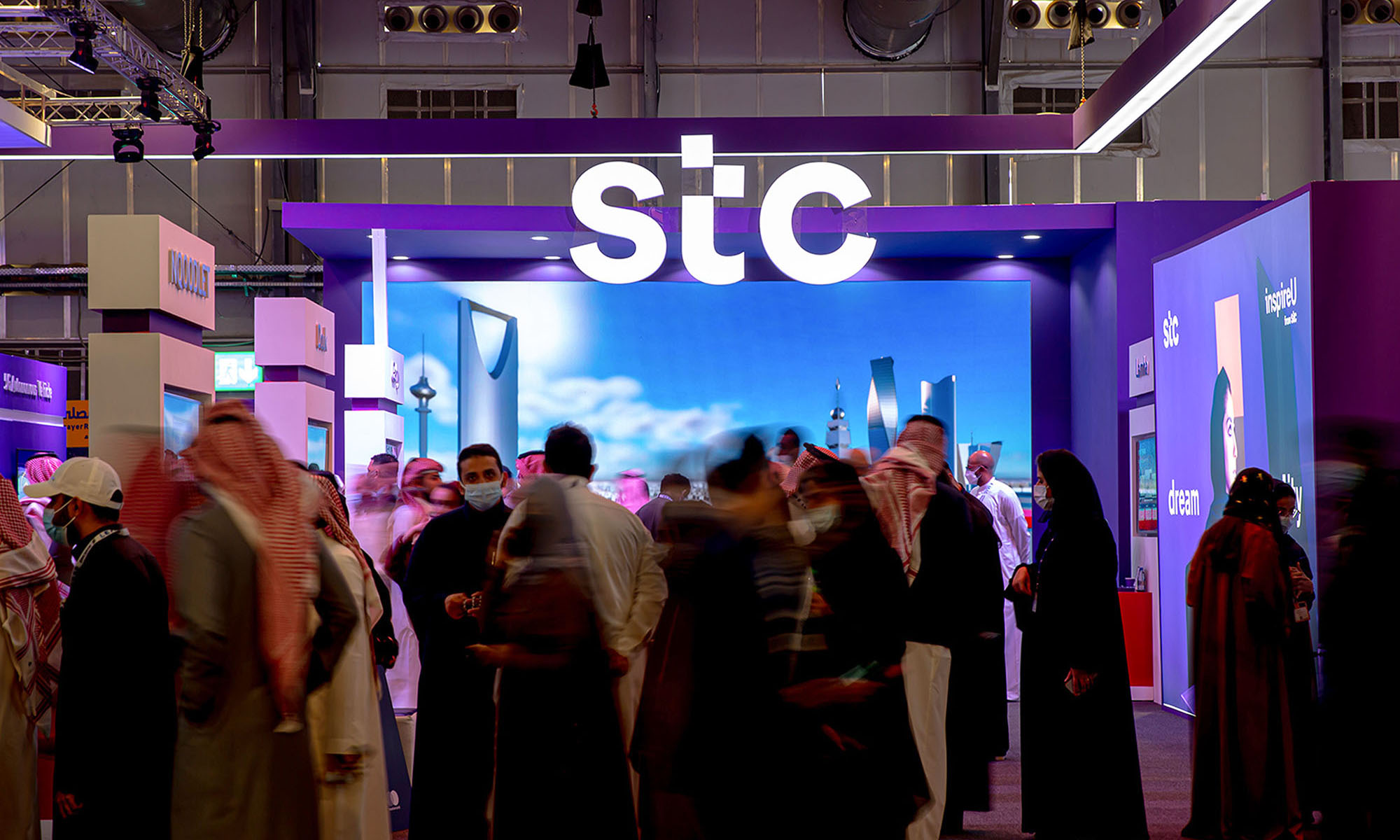News
New Merger Creates Middle East’s Biggest Telecom Company
Saudi Arabia’s PIF and stc Group have combined resources, in a move that will significantly boost network coverage and customer experience.

Saudi Arabian wealth fund PIF has agreed to purchase a 51% stake in Tawal, the country’s biggest telecommunications infrastructure company, with an enterprise value of $5.85 billion. The stake was formerly owned by the Saudi Telecommunications Company (stc Group).
PIF and stc Group will now merge Tawal and Golden Lattice Investment Company (GLIC) into a new entity, forming the “largest regional company in the telecommunication infrastructure sector” with over 30,000 mobile tower sites and annual revenues surpassing $1.3 billion.
The new company will be owned 54% by PIF and 43.1% by stc Group, with GLIC minority shareholders owning the rest of the issued share capital.
Raid Ismail, Head of MENA Direct Investments at PIF said: “Today’s announcement is a significant milestone for the telecommunications industry in Saudi Arabia and the wider region. By bringing together the assets of GLIC and TAWAL, we will establish a consolidated platform on which the telecommunications sector can flourish and give people a better experience to best connect communities and businesses. It is also in line with PIF’s strategy and the Saudi Vision 2030”.
Also Read: Microsoft Invests $1.5 Billion In Abu Dhabi AI Tech Firm G42
Combining Tawal and GLIC is seen as a positive stepping-stone to consolidating Saudi Arabia’s tower market and increasing operating efficiencies and excellence to deliver a better experience for customers.
Once operational, network coverage should see a welcome boost, while general connectivity and internet speeds will also be improved.
The merger follows Tawal’s purchase of infrastructure in Bulgaria, Croatia, and Slovenia, making this “Saudi national champion” the region’s biggest independent tower company.
News
Mamo Completes $3.4M Funding Round To Enhance Fintech Services
The startup will use the influx of cash to expand into Saudi Arabia and across the wider GCC while improving its product offering.

UAE-based fintech Mamo has announced the completion of a $3.4 million funding round that will help the startup extend its market presence and improve its product offering. Investors included 4DX Ventures, the Dubai Future District Fund and Cyfr Capital.
Mamo’s platform offers “payment collection, corporate cards and expense management” to help small and medium-sized businesses consolidate and streamline their operations. With the latest influx of capital, Mamo will further develop its comprehensive suite of services and begin testing its product lines in Saudi Arabia, further extending its footprint across the GCC.
Imad Gharazeddine, co-founder and CEO of Mamo, stated: “We’ve been in the market for a while now and are incredibly proud of what our team has achieved. The holistic and expansive nature of our product offering has helped us continue to grow sustainably. This additional funding will allow us to reach our medium-term goals even faster. The support from new and existing investors is a testament to our strong expertise and the ability to deliver on our customer promise”.
Daniel Marlo, General Partner of lead investor 4DX Ventures, added: “We have immense trust in Imad’s vision, leadership and Mamo’s innovative approach to provide a user-friendly and comprehensive financial solution for SMEs that makes financial management more accessible and efficient. We are proud to partner with them and support their mission”.
Also Read: A Guide To Digital Payment Methods In The Middle East
Amer Fatayer, Managing Director of Dubai Future District Fund’s investment team, also commented: “Mamo’s localized product lines serve as an infrastructure for SME payments and spend management in UAE, a segment that is underserved by the country’s current banking infrastructure. The team has taken a product-first approach to consolidating SMEs’ financial journeys and building a fintech solution deeply embedded in a business’s core operations”.
To date, Mamo has raised around $13 million in investment funding and now boasts a team of 30 people. The company’s intuitive financial services platform has allowed over 1,000 businesses to consolidate their financial operations and significantly reduce payment fees.
-

 News4 weeks ago
News4 weeks agoAmazon Prime Day 2024: Get Ready For 6 Days Of Amazing Deals
-

 News4 weeks ago
News4 weeks agoSamsung Unpacked 2024: What To Expect From The July 10 Event
-

 News4 weeks ago
News4 weeks agoCoursera Report Shows Surge In UAE Interest In AI Upskilling
-

 News4 weeks ago
News4 weeks agoMeet Dubai’s Groundbreaking Smart Robot Delivery Assistant














